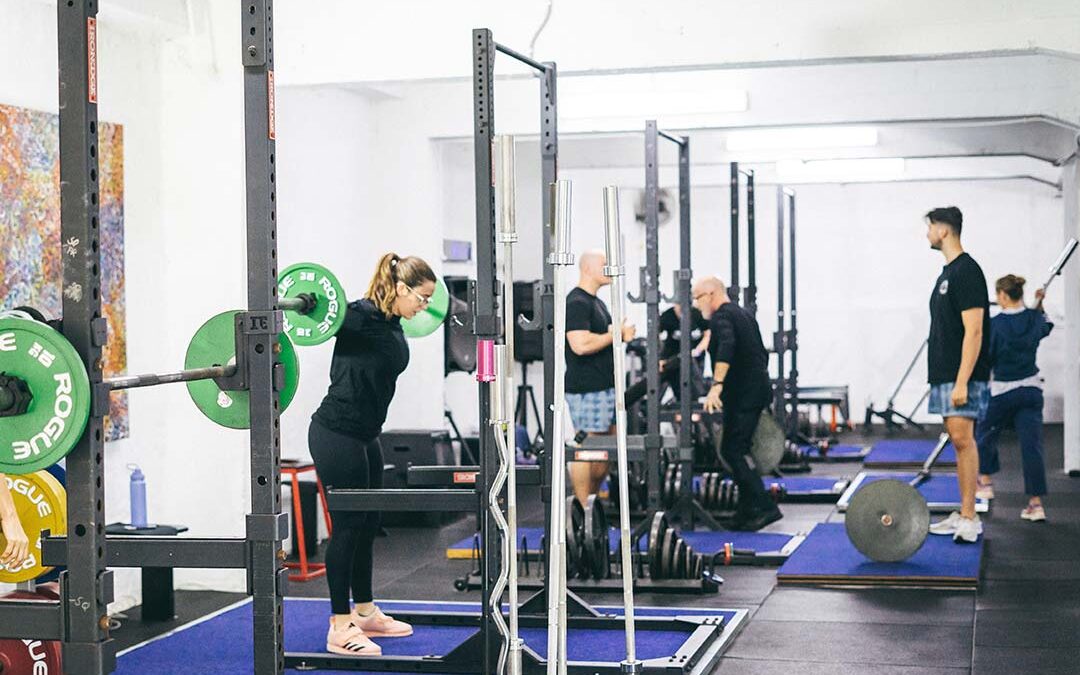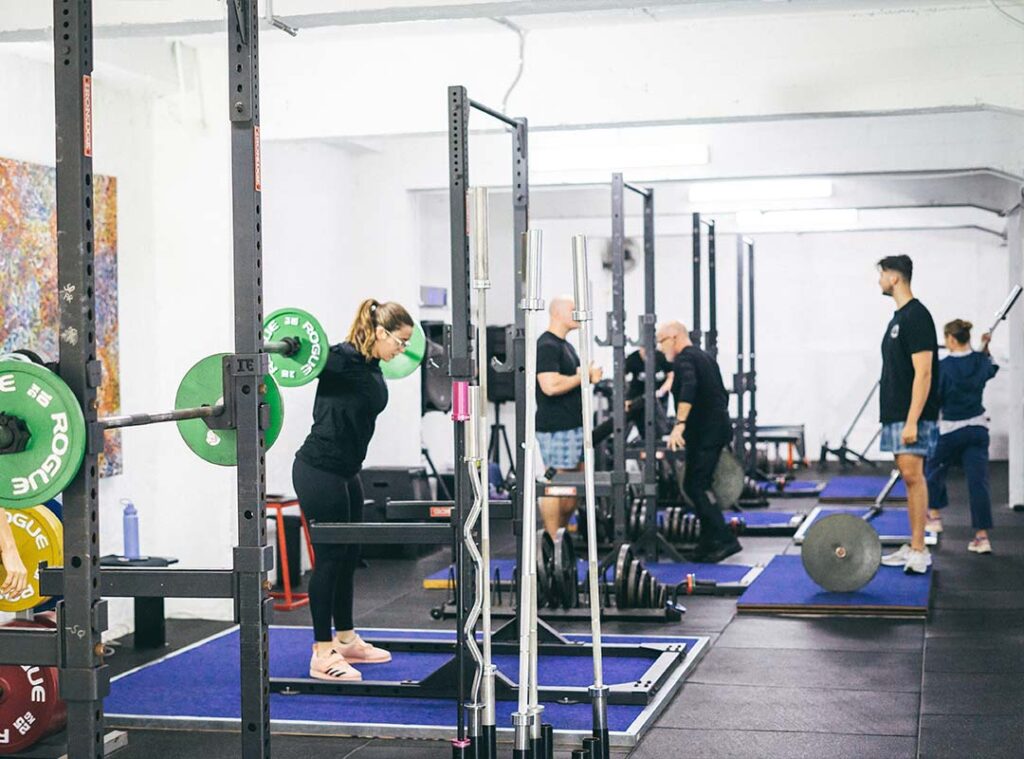If you asked ChatGPT “what is functional training,” it might say: multi-joint exercises that mimic everyday tasks like lifting or reaching. It may also mention balance, core strength, and coordination—skills said to help posture and reduce injury risk. At Sydney Strength Training, we want to help you get Stronger For Life. That means using your time in the gym wisely. But what exactly is “functional” strength? How does it differ from regular strength? And can group fitness classes like F45 or Pilates really help you build it? These are common questions, and the answers are more straightforward than they seem. Many fitness programs focus on trendy terms, but what you really need is a clear, effective way to build strength that supports your daily life. In this article, we’ll cut through the buzzwords and explore what it actually takes to become functionally strong.
What is Functional Strength?
All strength is functional. Even isolation exercises—like bicep curls—can improve how you move in daily life. A common myth is that gym movements must look like real-life tasks. That’s not true. The gym is a controlled space that helps us use time efficiently. Machines and weights allow us to target muscles and progressively overload them—more than bodyweight or bands ever could. Life is unpredictable. You’ll never train for every twist, bend, or awkward lift. But building strength across your whole body gives you the capacity to manage these moments¹. That’s what matters. A wide range of movements, loaded well, builds that foundation. The only “non-functional” training is the kind that doesn’t challenge you enough to build muscle and strength. It’s not about mimicking real life—it’s about preparing for it with smart, scalable strength work.
What’s the difference between functional and “normal” strength?
In truth, there is no real difference. “Functional strength” is a marketing term. It makes some programs sound more useful than others. Often, it’s associated with single-arm exercises, balance drills, or movements where the core “resists” motion. But this misunderstands how strength and balance work. All strength is task specific. A squat has a different balance challenge than a lunge, but both use balance. Likewise, all compound lifts use the core, but in different ways. In a deadlift, the trunk stays stiff. In a sit-up, it moves. Both train the core. Also, most forms of strength training already improve balance, posture, and coordination. You don’t need “special” movements for those outcomes. Consistent, well-planned strength work delivers those benefits naturally², ³.
Are popular group classes good at getting you stronger?
We support any kind of physical activity. Group classes like F45, Orange Theory, or Pilates are fun and keep people moving. That’s great. However, they’re often marketed as strength-building solutions, which isn’t always accurate. Muscles work by contracting. They don’t care how “functional” the movement looks. What matters is whether the exercise provides enough challenge and whether you can increase that challenge over time. Many classes don’t offer enough load or rest to make that happen⁴. For example, Reformer Pilates uses springs that might not allow for meaningful overload. And F45 often includes short rest times, which limit how heavy you can lift. These factors reduce your ability to build real, lasting strength. That doesn’t mean the classes are bad. They’re just not always designed for progressive strength development.
The Sydney Strength Training Difference
At Sydney Strength Training, we understand the systems that make training effective. If you want to get stronger, we’ll build a plan that actually works. Whether you’re doing a bicep curl, lat pulldown, or deadlift—it’s all functional when done with intent. You don’t need to train balance or coordination separately. These qualities develop naturally when you train all major muscle groups with smart exercise selection. We also manage fatigue by including rest, progressive loading, and movement variety. It’s not about fancy exercises. It’s about doing the basics well—and doing them often. That’s how we help people get Stronger For Life. Whether you’re new to training or experienced, we’ll meet you where you’re at and build from there. Get in touch today.
References:
- Exercise and Physical Activity for Older Adults
- Resistance Exercise for the Aging Adult: Clinical Implications and Prescription Guidelines
- Effects of Physical Activity Interventions on Strength, Balance and Falls in Middle-Aged Adults: A Systematic Review and Meta-Analysis | Sports Medicine – Open | Full Text
- Progression Models in Resistance Training for Healthy Adults

